Egyptian investigators say they have found the wreckage of EgyptAir flight MS804, which crashed into the Mediterranean last month with the loss of all 66 people on board.
In a statement released late on Wednesday night, the investigation committee said that the John Lethbridge – one of two ships contracted by the Egyptians to hunt for the wreckage – had found “several main locations” on the sea-floor between Crete and the Egyptian coast. The committee said it had obtained images of the wreckage. These will allow search teams and investigators on board the vessel to draw an exact map of the location.
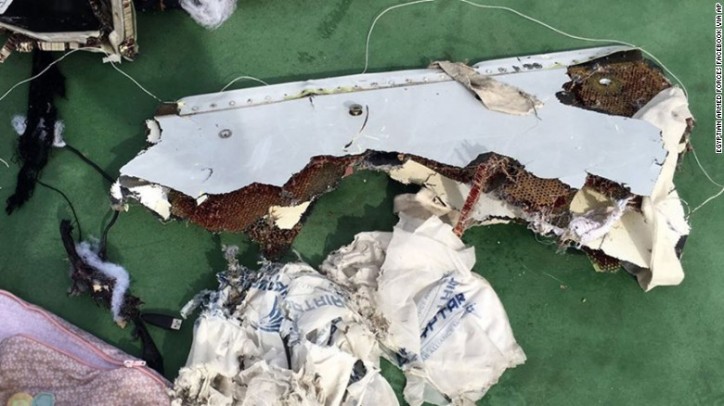
A second ship, the LaPlace, detected signals from MS804’s black box on 1 June, fuelling hopes that investigators will find what caused the plane to crash. But the black box is only expected to emit signals for a further nine days.
“Time is not on our side,” said Mohammed Shabana, whose 27-year-old brother Ismail died on board MS804. “We should have had results faster than this.”
Both the LaPlace and the John Lethbridge have been combing the sea off the Egyptian coast, searching for the wreckage in an area of the Mediterranean an estimated 10,000 feet deep.
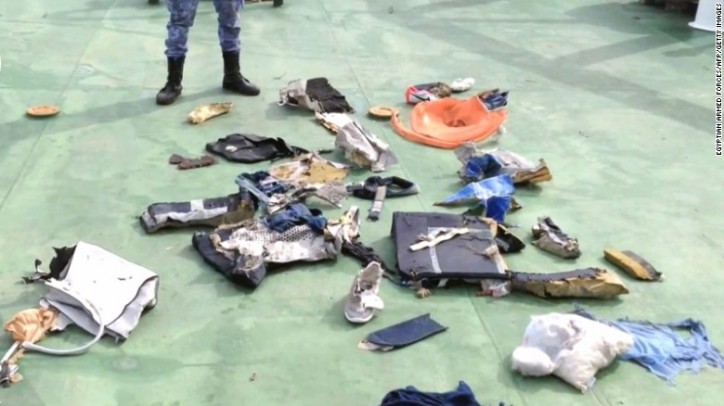
Shabana was not hopeful that the discovery of the wreckage could bring the answers his family has hoped for and was frustrated by what he saw as a delays by the authorities in getting much-needed details.
“We as the families of the victims didn’t even get their death certificates yet – everything is on hold as a result,” he said.
Ihab Al Hawary, whose 43-year-old cousin Nasser Hamdy Hamad was on board the aircraft, shared Shabana’s grim outlook on the possibility of getting answers. “If they cared in the least, they could have given us their death certificates,” he said.
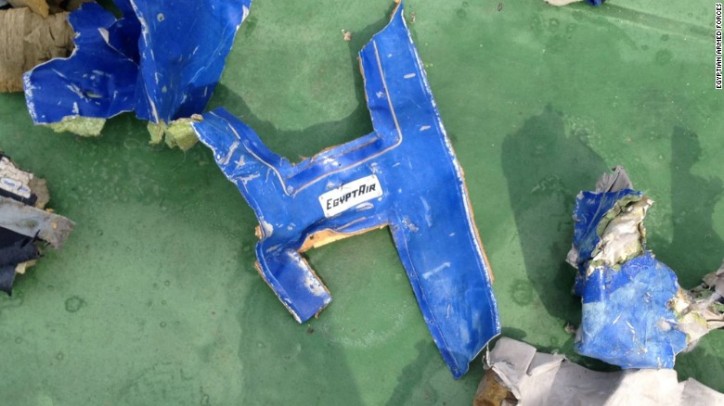
So far, only body parts have been retrieved from the wreckage, which have been DNA tested in order to identify the victims, according to a statement by the Egyptian government on 24 May.
“There’s been no news about the doomed flight since the day it went down and this has stayed the same,” said Al Hawary. “I don’t have much hope that we’ll find out the actual reasons behind the crash.”
The Airbus A320 disappeared from radar en route to Cairo from Paris on 19 May.
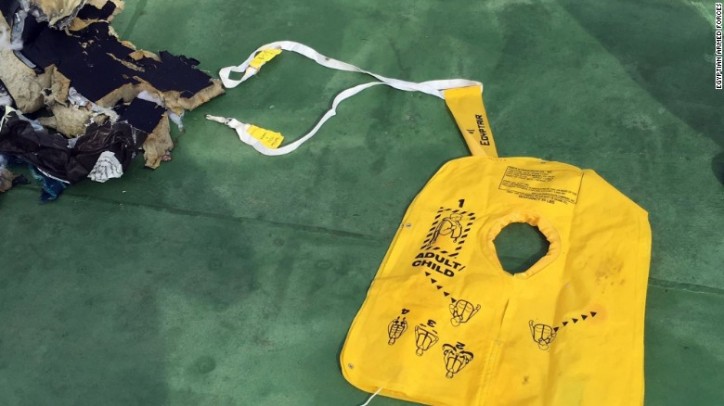
France’s aviation safety agency, BEA, has stated that the aircraft had transmitted messages showing smoke inside the cabin and a fault in a flight control unit before crashing. Egypt’s investigation committee added earlier this week that radar images showed the plane swerved violently and changed direction, then turned 360 degrees before crashing.
The crash killed all 66 passengers and crew. These included 30 Egyptians, 15 French citizens, two Canadians, two Iraqis and people from Belgium, Britain, Algeria, Chad, Saudi Arabia, Sudan and Portugal.
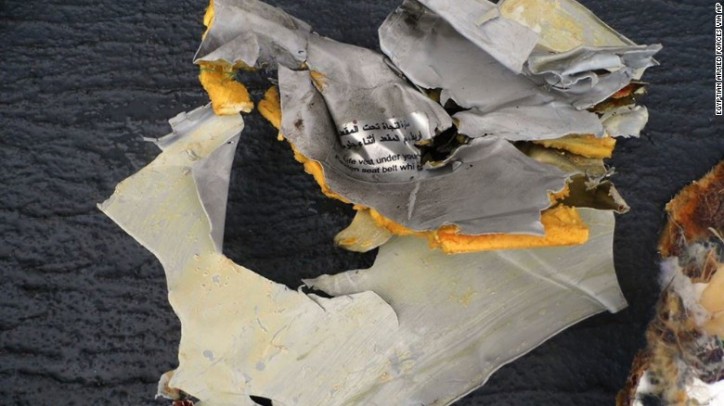
No group has claimed the crash as a terror attack. Egypt’s aviation minister, Sherif Fathi, told a news conference that he did not want to draw any conclusions prematurely, but “the possibility of having a different action or a terror attack, is higher than the possibility of having a technical failure”.
Egypt’s aviation safety record has been in question following the crash of Metrojet 7K9268, which crashed in the Sinai peninsula in October 2015, killing all 224 people on board. Isis’s branch in Sinai later claimed responsibility for the attack, displaying a picture of the drinks can they say was used to smuggle a bomb on board the craft.
While Germany recently lifted its ban on direct flights to Sharm el-Sheikh, the UK and several other European nations are yet to do so.
Egypt hired the British firm ControlRisks to conduct a security review of airports in Sharm el-Sheikh, Marsa Allem and Cairo following the crash, part of ongoing efforts to restore confidence in Egypt’s security. Tourism, once a key part of Egypt’s economy, has been decimated by the Metrojet and Egyptair crashes, despite continued efforts to find out what brought down MS804.
Source: The Guardian